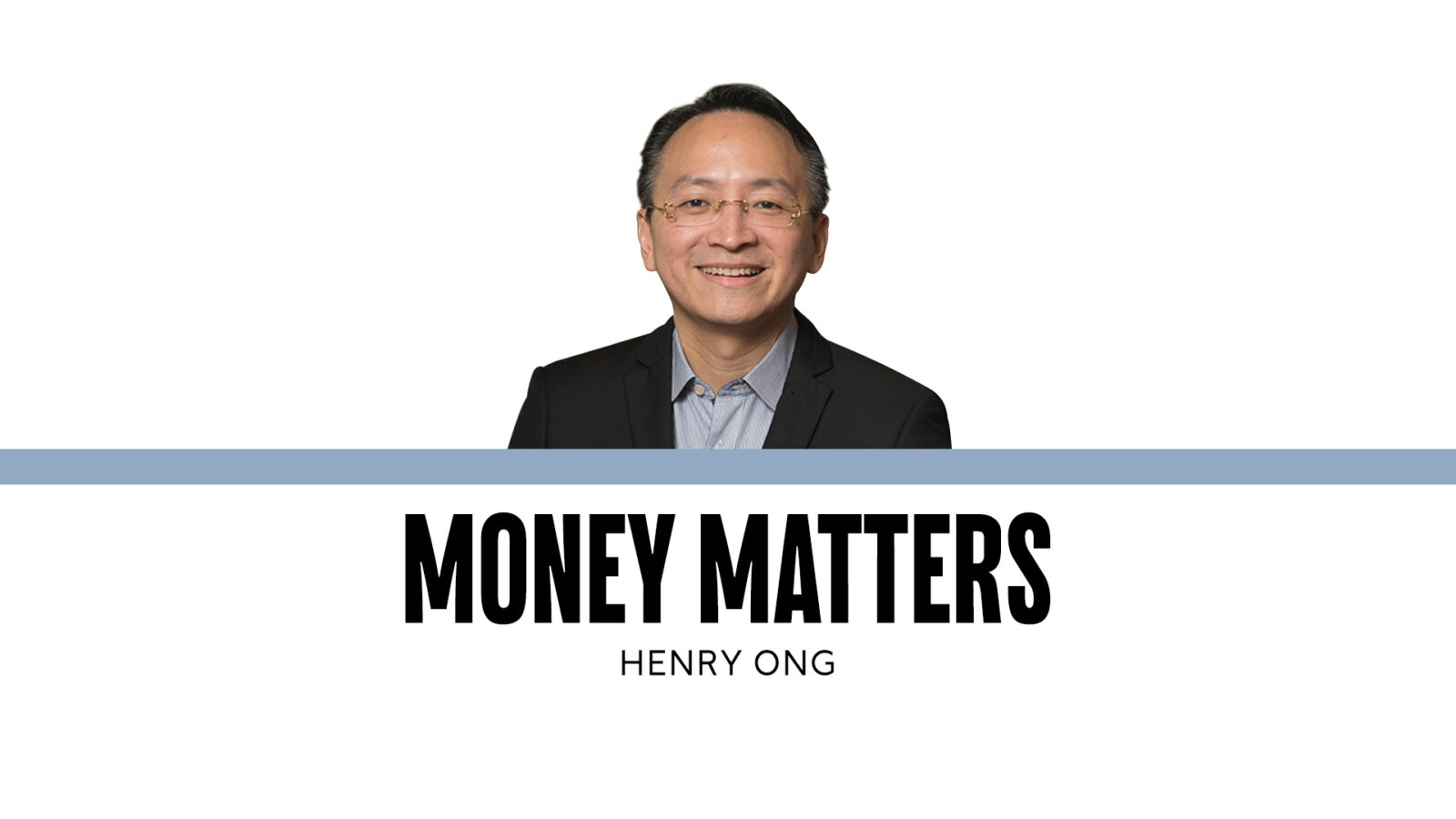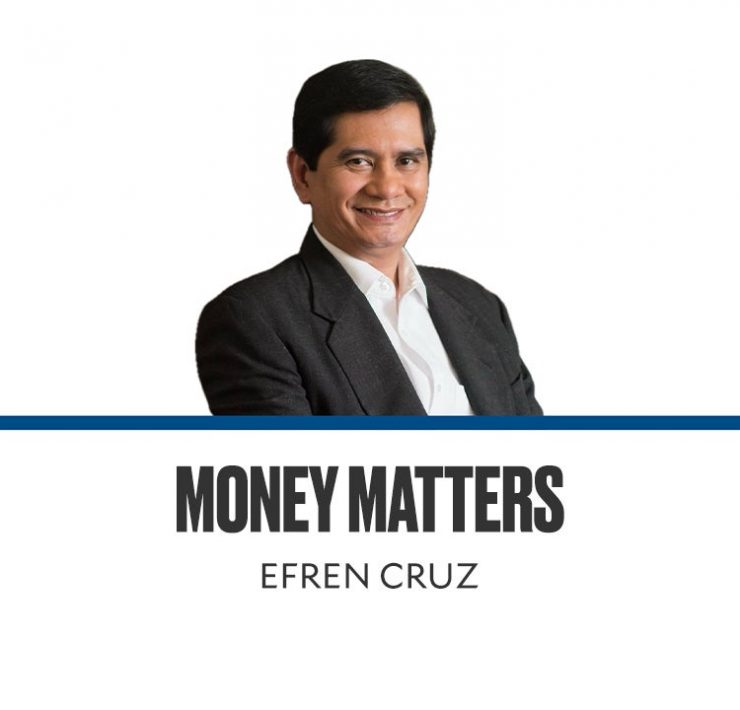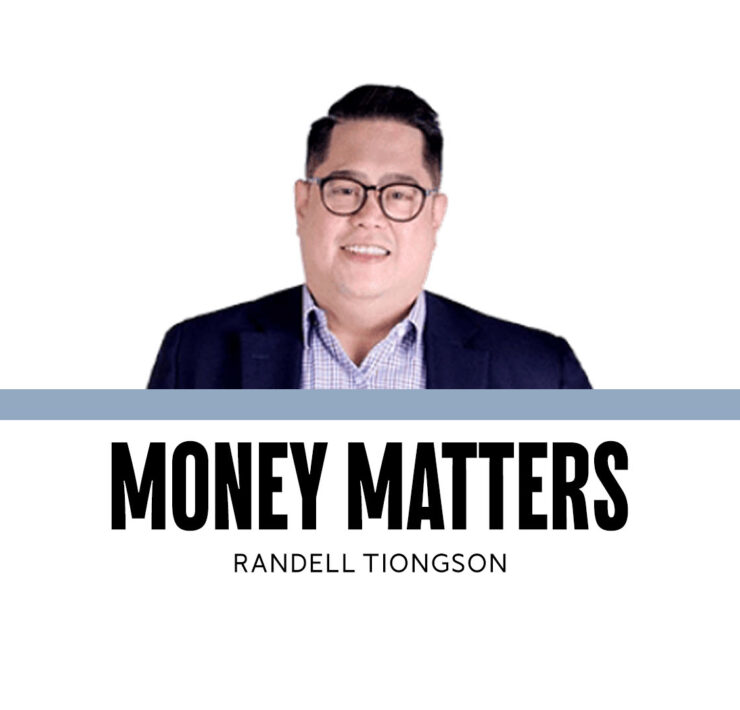Why investors ignore red flags until it’s too late

When it comes to investing, there is never a shortage of information. News headlines, analyst reports, economic forecasts and social media opinions all compete for attention every single day. But having more information does not always mean making better decisions.
In fact, many investors often end up using this flood of data to simply confirm what they already believe. This tendency is known as confirmation bias, which is the habit of favoring evidence that supports our views while ignoring anything that challenges them.
Confirmation bias is one of the most persistent traps in finance. It may give investors comfort in the moment, but it comes at the cost of objectivity and often hurts returns in the long run.
People like consistency. Once you’ve convinced yourself that a stock is undervalued or that the market is about to rally, your mind starts to filter everything through that belief. Bullish analyst reports, upbeat headlines and positive Viber chat all feel like proof you’re right. Meanwhile, warnings about rising risks get brushed off as too negative to matter.
This isn’t just theory at play. It has also been documented in academic research.
In 2016, Sylvain Pouget of the Toulouse School of Economics and his colleagues published a study titled “A Mind Is a Terrible Thing to Change: Confirmatory Bias in Financial Markets,” which examined how analysts update their views.
The study found that analysts tend to downplay information that does not fit with what they already believe. The result is a pattern of predictable forecast errors, because once analysts are locked into a view, they are slow to adjust even when new data tells a different story.
Another example comes from a 2022 study titled “Confirmation Bias in Analysts’ Response to Consensus Forecasts” by Huan Cai and Xiaodi Zhang of the University of Hong Kong, together with Tong Yao from the University of Iowa. They examined how analysts react to consensus forecasts and found that when the consensus already lines up with an analyst’s own view, they tend to highlight it as support.
But if the consensus points the other way, they usually downplay it. In short, even seasoned professionals fall into the same trap as ordinary investors. They interpret new information in ways that protect their original thesis, which proves just how powerful confirmation bias can be.
Confirmation bias does not just operate at the level of individual stocks, it also shows up in broad market forecasts too. Each year, brokerage houses and investment banks issue year-end targets for the Philippine Stock Exchange index (PSEi). More often than not, these projections are optimistic, which reflect a bias for narratives of recovery and growth.
Take 2023 as an example. Midway through the year, a report quoted a major bank’s investment house that predicted the PSEi would reach 7,500 by December. The call pointed to economic recovery, peso strength and renewed foreign buying as the main drivers. Yet when the year closed, the index stood at just 6,450.04, which was a gap of more than a thousand points.
The same thing happened in 2024. Early in the year, a leading online brokerage forecast the PSEi to finish at 7,100, while a big fund manager linked to an insurance group said that the market could climb to 7,200, but by December, the index ended at 6,528.79, which missed expectations by nearly 9 percent.
And now in 2025, the optimism has not gone away. At the start of the year, the securities arm of one of the country’s biggest banks set its PSEi target at 7,600. But by April, it had to cut that forecast to 6,900, citing global risks.
Another more major bank’s securities arm still projects 7,300, while a homegrown brokerage sets its target at 7,100. By September, the PSEi remained in the 6,100s, which makes those forecasts look increasingly difficult to achieve.
If we look back over the past few years, we see the same pattern repeat itself. Forecasts often start out high, get trimmed as the months go by and still end up missing the actual close. Behavioral finance explains this well. Analysts cling to their first conviction and only change when the evidence becomes undeniable.
The best way to fight confirmation bias is to stay open to views that challenge your own. Seek out dissenting opinions instead of only reading what agrees with you. Ask what would have to be true for your idea to be wrong. Rely on clear checklists of data like valuations, sentiment and economic trends.
When you treat opposing evidence as useful rather than threatening, you give yourself a much better chance of making sound decisions and avoiding costly mistakes.
As Warren Buffett said, people tend to interpret new information in ways that keep their old conclusions intact. Successful investors resist that instinct and in a market as unpredictable as the PSE, spotting confirmation bias is nothing less than a survival skill.
Henry Ong is a Registered Financial Planner of RFP Philippines. To learn more about investment planning, attend the 113th batch of RFP Program this October 2025.
To register, e-mail at info@rfp.ph



















